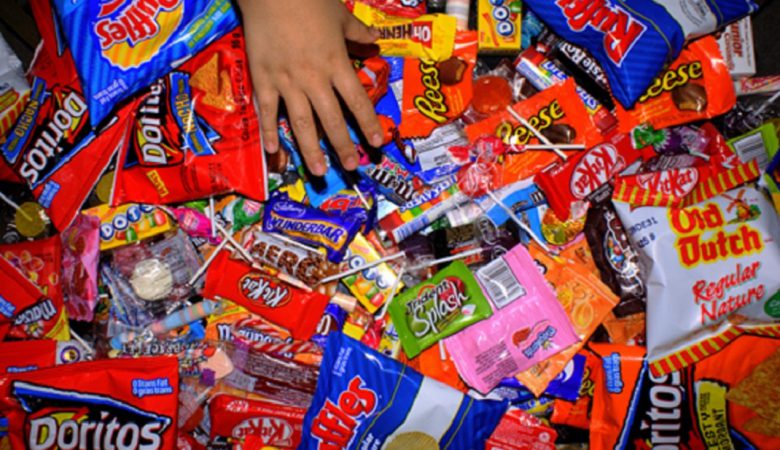Don’t Get Tricked by Counterfeit Goods This Halloween
Tonight your neighborhood will likely be full of children dressed as their favorite superheroes, athletes, or cartoon characters. Halloween is the night of the year to dress as something you are not, and even get rewarded for doing so. But on a daily basis, many products around the world are dressing as something they are not: name-brand products. Counterfeit products are a trick on many brands & consumers that result in the not-so-sweet treat of potential danger to consumers, loss of revenue, and potential loss of reputation.
According to the Organization for Economic Co-operation & Development (OECD), imports of counterfeit goods are worth nearly half a trillion dollars per year, or 2.5% of global imports. This is up from 1.9% of global imports found in a 2008 OECD study. The countries whose products were counterfeited the most were the United States, Italy, France, and Switzerland.
Halloween is a prime holiday for counterfeiters. Many people buying costumes and make-up to be used only once or twice presents a great opportunity for the entrance of cheap, low-quality goods into the market. Officials are warning however that there are severe risks to consumers associated with these products. The City of London’s Intellectual Property Crime Unit warns that counterfeit costumes are not subject to the same “rigorous testing as genuine products.” The risks could involve poisoning from untested dyes, allergic reaction to certain materials used, and even suffocation.
Counterfeit products are not only bad for consumers, they are an infringement on the intellectual property rights of the brand’s owners. When a trademark is violated and a counterfeit good is produced, companies lose out on revenue from not being able to sell their products. Further, they potentially lose more revenue in the long-term due to decreased consumer confidence in their brand as a result of poorly made or defective counterfeit products.
Most counterfeit products are produced in emerging countries, with China being the country of origin for most counterfeit goods seized. Hong Kong, Turkey, Singapore, and Thailand makeup the rest of the top 5. These economies have the infrastructure to mass produce items to be shipped globally, but lack the legal and enforcement capacity to eradicate counterfeit rings and smuggling operations.
Photo credits: http://bit.ly/2iPlgeW

